AI-generated content has exploded in popularity, offering a seemingly endless supply of text, images, and even code. However, the sheer volume of AI output doesn’t automatically translate to high search engine rankings or user satisfaction. To truly leverage the power of AI in content creation, we must focus on aligning this content with user intent – the underlying purpose behind a search query. This alignment is crucial for achieving better rankings, enhanced relevance, and ultimately, a positive user experience.
Understanding User Intent: The Foundation of Relevance
Before delving into how to align AI-generated content with user intent, it’s essential to understand the different facets of search purpose. Search intent can be broadly categorized into four main types:
- Informational Intent: Users are seeking specific information or answers to their questions. Examples include “what is the capital of France,” “how to bake a cake,” or “symptoms of the common cold.”
- Navigational Intent: Users want to find a specific website or webpage. Examples include “Facebook login,” “Amazon customer service,” or “New York Times website.”
- Transactional Intent: Users intend to complete a purchase or another type of transaction online. Examples include “buy a new laptop,” “book flights to Bali,” or “download Photoshop.”
- Commercial Investigation Intent: Users are researching products or services before making a purchase decision. Examples include “best smartphones 2023,” “reviews of Sony headphones,” or “compare CRM software.”
Recognizing the dominant intent behind target keywords is the first step in creating relevant content, whether human-written or AI-generated.
The Pitfalls of Generic AI Content
While AI excels at generating large amounts of text quickly, it can sometimes produce generic, uninspired content that doesn’t fully address the nuances of user intent. This can lead to several problems: - Poor Ranking: Search engines prioritize content that directly and comprehensively answers users’ queries. If AI-generated content is too broad or doesn’t delve into the specific information users are seeking, it’s unlikely to rank well.
- Low Engagement: Users who don’t find the information they need quickly will likely abandon the page, leading to high bounce rates and low dwell times – negative signals for search engines.
- Lack of Authority and Trust: Generic content often lacks the depth, insights, and unique perspectives that build authority and trust with users.
Strategies for Aligning AI Content with User Intent
To overcome these challenges, content creators need to actively guide AI models to produce content that aligns with specific user intents. Here are several key strategies: - Detailed Prompt Engineering: The prompts you provide to AI models are crucial. Instead of generic instructions like “write a blog post about gardening,” be specific about the target intent. For informational intent, ask for a detailed explanation of a particular gardening technique. For commercial investigation, prompt the AI to compare specific product features and benefits. The more context and detail you provide in the prompt, the better the AI can understand and address the intended search purpose. Include target keywords naturally within the prompt.
- Intent-Driven Keyword Research: Don’t just focus on high-volume keywords. Analyze the search results for your target keywords to understand the dominant user intent. Are users looking for definitions, comparisons, product pages, or step-by-step guides? Tailor your AI prompts and the resulting content to match the prevailing intent. Use long-tail keywords that often reveal more specific user needs.
- Providing Context and Data: Feed the AI model with relevant data, statistics, and examples that align with the user’s potential questions. For instance, if addressing commercial investigation intent for “best coffee makers,” provide the AI with data on different brewing methods, price points, and user reviews. This helps the AI generate more insightful and helpful content.
- Structuring Content for Clarity and Intent: Organize the AI-generated content logically, using headings, subheadings, bullet points, and other formatting elements that make it easy for users to find the information they need. Ensure that the content directly answers the search query early on and provides comprehensive coverage of the topic related to the user’s intent.
- Integrating Human Oversight and Editing: AI is a powerful tool, but it’s not a replacement for human expertise. Always review and edit AI-generated content to ensure accuracy, clarity, and alignment with user intent. Human editors can add nuances, ensure a natural tone, incorporate relevant personal experiences (where appropriate), and optimize the content for engagement.
- Utilizing Different AI Models for Different Intents: Some AI models are better suited for specific content formats and intents. Experiment with different tools to see which ones produce the best results for informational articles, product descriptions, or comparison guides.
- Analyzing Search Performance and Refining Prompts: After publishing AI-generated content, monitor its performance in search results. Analyze keyword rankings, organic traffic, bounce rates, and dwell time. Use this data to identify areas for improvement and refine your AI prompts for future content creation. If a piece of content isn’t performing well for its target keywords, revisit the user intent and adjust the content accordingly.
The Future of AI and User Intent
As AI technology continues to evolve, its ability to understand and cater to user intent will only improve. We can expect to see more sophisticated AI models that can analyze search patterns, understand contextual nuances, and generate highly personalized and relevant content. However, the fundamental principle of aligning content with user intent will remain paramount for achieving success in the digital landscape.
Conclusion
AI-generated content offers immense potential for scalability and efficiency. However, to truly harness its power for better ranking and relevance, content creators must prioritize aligning this content with user intent. By understanding the different types of search purpose, employing effective prompt engineering techniques, providing relevant context, and integrating human oversight, we can guide AI models to create content that not only ranks well but also provides genuine value and satisfaction to users. The future of successful content creation lies in the strategic partnership between human expertise and the capabilities of artificial intelligence, all focused on serving the ultimate goal: fulfilling user intent.
